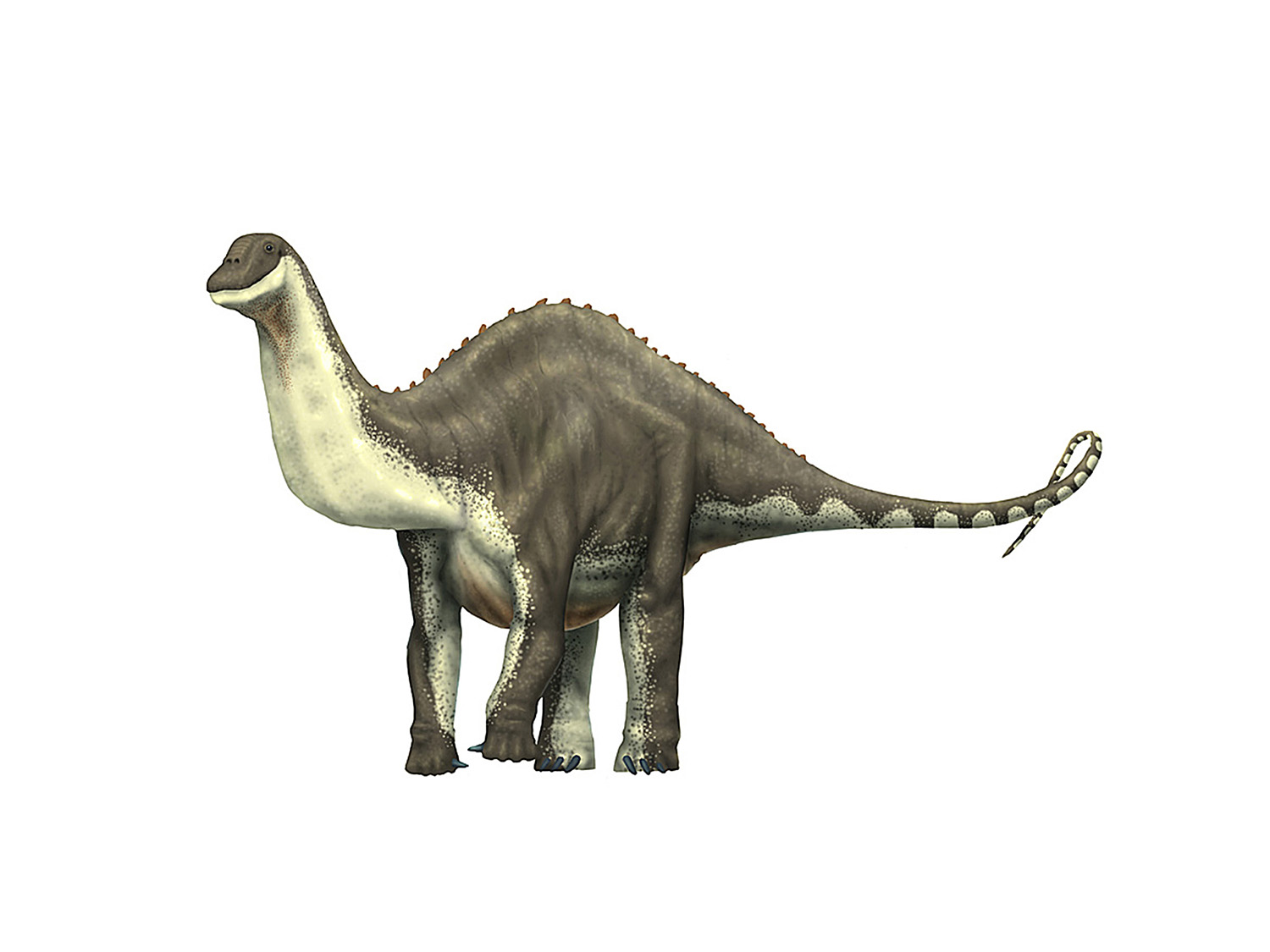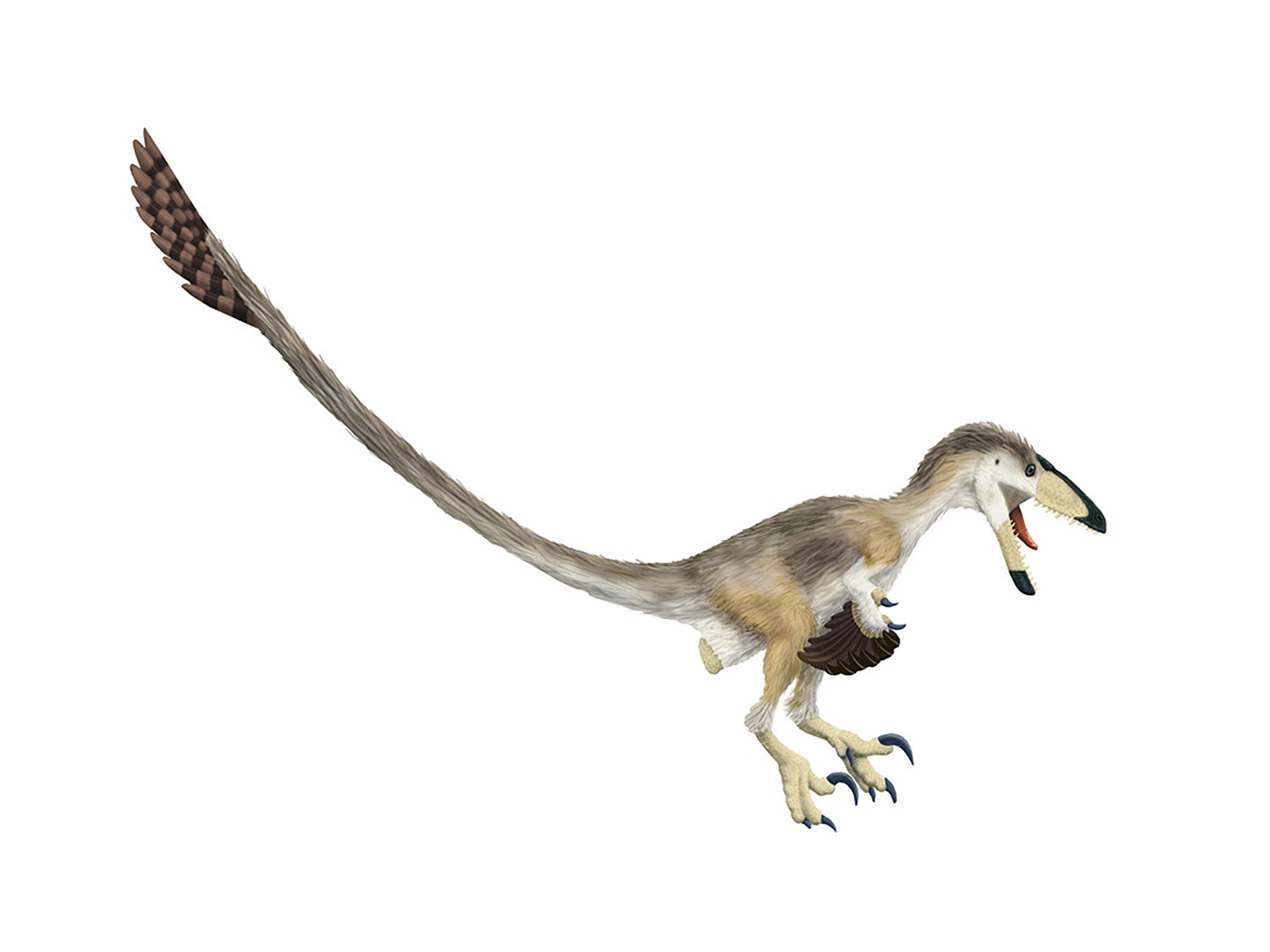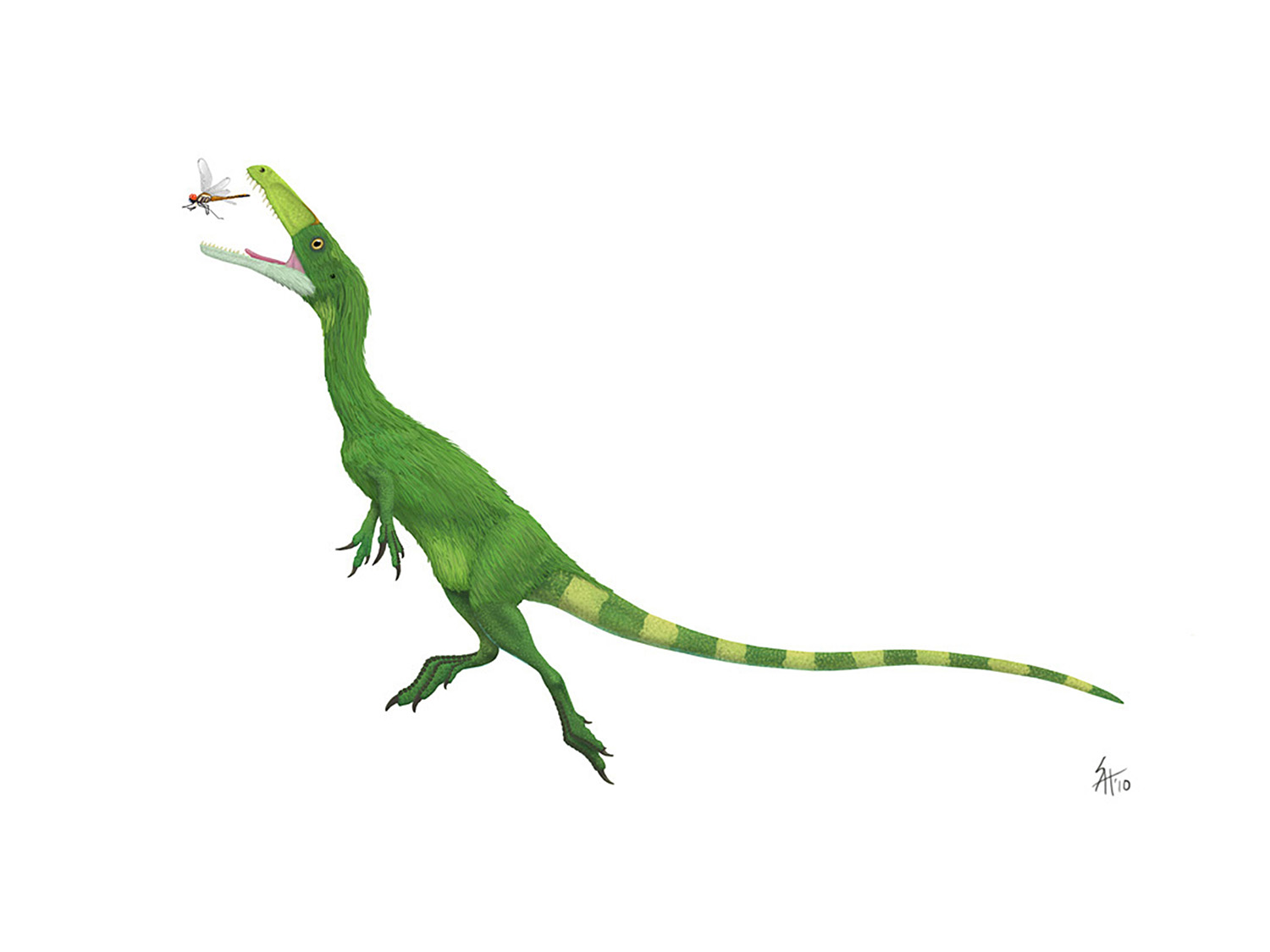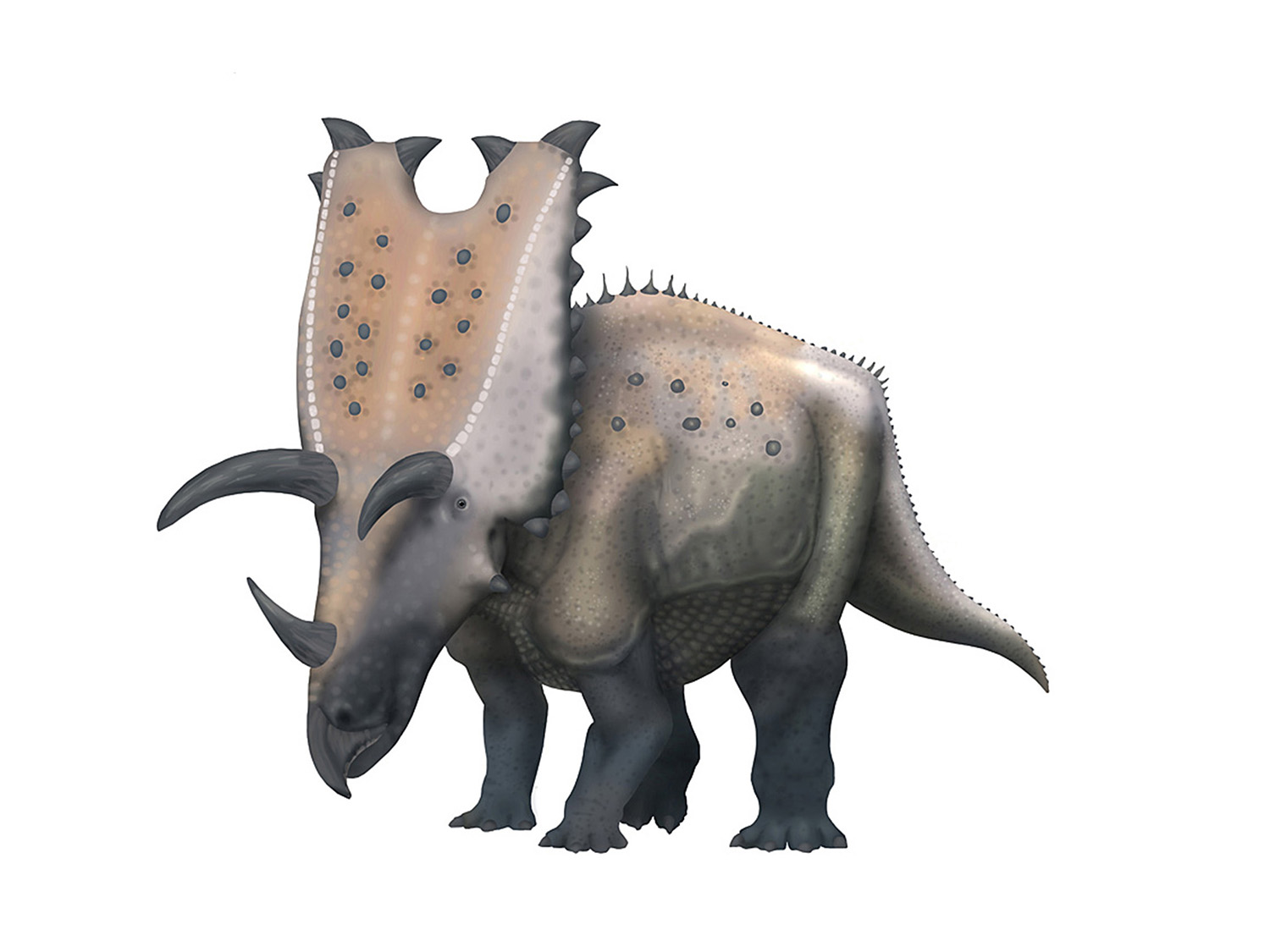Mosasaur Tails - "Teaching the Controversy"
/The Jurassic World Mosasaurus making short work of a shark
Mosasaurs have become all the rage lately with the release (and immense popularity) of Jurassic World. Purely by coincidence I was commisioned to do a skeletal of a mosasaur, Tylosaurus pembinensis, for a museum display. I hadn't done a mosasaur before (or any other lizards), but I'm reasonably familiar with squamate osteology so I figured it wouldn't be nearly as challenging as doing a skeletal of say... an actinopterygian fish.
A "traditional" serpentine mosasaur, copyright Dan Varner
The bones weren't overly challenging, but the soft tissue proved to be a bit more exciting. Recent workers, especially publications by Lindgren and colleagues, have looked at vertebral mobility and specialization, caudal articulation, and a couple of impressive specimens with skin impressions and have significantly revised the traditional view of mosasaurs as serpentine sea-snake analogs.
It's clear that at least a couple of mosasaurs had a hypocercal tail fin (a bi-lobed tail where the bottom part is larger), and it's been hypothesized based on phylogenetic positioning that many more mosasaurs had them to one degree or another as well. If so then many (if not most) taxa adopted a semi-carangiform or full carangiform swimming style, where the body is quite stiff and the tail provides all of the propulsion.
Alas, Tylosaurus is not one of the the genera that has skin impressions from the tail fin region, though there are scale impressions known from other parts of the body. So what evidence is there to go on? Tylosaurus does have a downturn in the caudal region, and pretty significant vertebral specialization. For these reasons as well as phylogenetic proximity to other mosasaurs with bilobed tails I tentatively endorse the hypocercal tail interpretation; though Tylosaurus does not appear to have been a true open-sea cruiser, it does appear to have the caudal series to supported a hypocercal tail. You can see the resulting skeletal reconstruction in the non-dinosaur skeletal gallery here.
Prognathodon tail with hypocercal tail fin impression. Credit Johan Lindgren
But I want to make clear that this isn't a universal opinion. After posting an initial version to my Facebook page there was a lot of discussion on it, including useful feedback by Mr. Marine Reptile himself, Mike Everhart (who incidentally runs the very useful Oceans of Kansas website). Mike made some excellent observations on tail anatomy, some of which necessitated changes to the orientation of the chevrons in the skeletal reconstruction. He also is not currently persuaded that Tylosaurus had a bilobed tail. He thinks the tail angle should be more shallow, closer to 30 degrees (I've restored it at ~40 degrees), and he thinks that instead of a hypocercal tail that it may have had a continuous "paddle", not unlike the lovely Dan Varner illustration above.
At this point I am still persuaded by the hypocercal tail model, although there's definitely a bit of gray here even assuming a bilobed tail. It's possible that the angle of the tail should be closer to Dan's preferred 30 degree orientation, though I note that with the updated chevrons there shouldn't be a problem with a lack of clearance between them when putting the tail into a 40 degree bend (which is already lower than the preserved tail of Platecarpus, which does seem to have a problem with chevron-to-chevron contact). It's also possible that the top portion of the tail could be a bit smaller, like that seen Prognathodon, though note that Tylosaurus is more closely related to Platecarpus than to Prognathodon.
But I also want to emphasize that science is constantly in a state of revision. We don't have that many direct skin impressions to work from here, and it's certainly possible that there could be more than one origin of bilobed tails in Mosasauridae, in which case a wider range of earlier taxa might lack them. And while "certainty" can be nice for feeling good about an illustration, in fact it's really great that there are different interpretations out there, as these disagreements help drive researchers to find new data, or new ways to analyze existing data to try and resolve them.
So in the interest of "teaching the controversy" on a subject where one actually exists, I decided to make the following image:
The top image has the tail angle and fin modified to match the more traditional view articulated by Mike Everhart. The bottom version restores Tylosaurus with a fin closer to that interpreted for Platecarpus by Lindgren et al. (2010), though with a less extreme tail flexure. The middle versions are where I bound my own "best-guess" interpretation from the evidence at hand. The second from the bottom is the version you will find in the skeletal gallery, but anything between the middle two would be utterly plausible in my estimation..
So if you are going to illustrate Tylosaurus, feel free to follow my lead. Or that of other workers with differing interpretations - at the least these images more or less establish the range of scientific plausibility for tail flukes. Like any other skeletal my Tylosaurus will be subject to revision if/when more data allows. And always remember, the fact that scientists don't agree with one another is a feature of the system, not a bug.
Papers of Interest:
Konishi, T., Lindgren, J., Caldwell, M. W., & Chiappe, L. (2012). Platecarpus tympaniticus (Squamata, Mosasauridae): osteology of an exceptionally preserved specimen and its insights into the acquisition of a streamlined body shape in mosasaurs. Journal of Vertebrate Paleontology, 32(6), 1313-1327.
Lindgren, J., Jagt, J. W., & Caldwell, M. W. (2007). A fishy mosasaur: the axial skeleton of Plotosaurus (Reptilia, Squamata) reassessed. Lethaia, 40(2), 153-160.
Lindgren, J., Caldwell, M. W., Konishi, T., & Chiappe, L. M. (2010). Convergent evolution in aquatic tetrapods: insights from an exceptional fossil mosasaur.PLoS One, 5(8), e11998.
Lindgren, J., Polcyn, M. J., & Young, B. A. (2011). Landlubbers to leviathans: evolution of swimming in mosasaurine mosasaurs. Paleobiology, 37(3), 445-469.
Lindgren, J., Kaddumi, H. F., & Polcyn, M. J. (2013). Soft tissue preservation in a fossil marine lizard with a bilobed tail fin. Nature communications, 4.





















